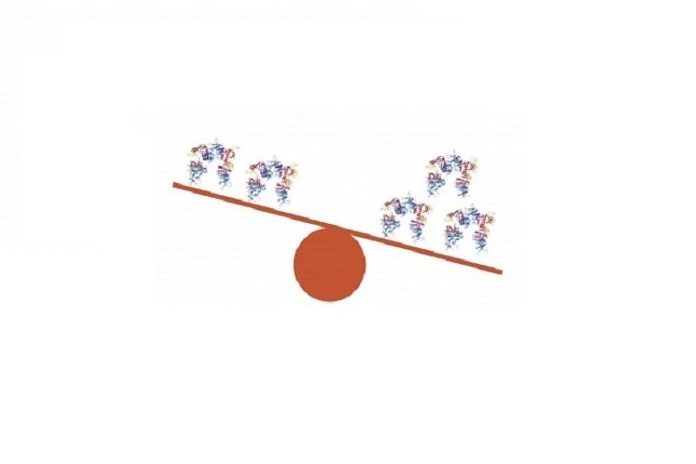Trisomy 21, also known as down syndrome is a genetic disorder caused by the presence of all or part of the third copy of chromosome 21. It links to physical growth delays, characteristic facial features and mild to moderate intellectual disability.
For the first time, scientists at the University of Geneve (UNIGE) have analyzed the proteins of individuals with trisomy 21 in order to improve our understanding of how a supernumerary copy of chromosome 21 could affect human development. They found that the trisomy 21, far from only affecting the proteins encoded by the chromosome 21 genes, also impacts on the proteins encoded by the genes located on the other chromosomes.
Stylianos E. Antonarakis, honorary professor in UNIGE’s Faculty of Medicine said, “The proteins are exceptionally useful particles since they are all the more firmly connected to the clinical indications of the disorder. Contemplating them makes it conceivable to set new theories about the cell instruments aggravated by trisomy 2.”
Scientists analyzed all the proteins from clinical samples. They quantified almost 4,000 out of the 10,000 proteins synthesized by skin cells by using SWATH-MS, a new mass spectrometry technique.
All the proteins contrasts between the cells of Down’s syndrome and a man without the hereditary inconsistency are low. Analyzing them with conventional method was a difficult task to perform. Thus, scientists had to wait for an ultra-sensitive method to be developed in order to detect the tiny variations.
Christelle Borel, a researcher in the Department of Genetics and Development at UNIGE’s Faculty of Medicine said, “What’s more, the aim was only to analyze the protein variations due to the genetic anomaly, and not the variations that can be attributed to individual differences. So, we worked on fibroblastic cells from a pair of female twins who shared the same genetic background, except that one has trisomy 21 and the other doesn’t.”
A nitty-gritty examination of the twin’s specimens uncovered a few noteworthy discoveries to enhance the comprehension of the effect of Down’s disorder on cells. Noteworthy quantitative varieties were seen in the proteins that are not encoded solely from qualities on chromosome 21 but rather that additionally from qualities that guide to different chromosomes.
Professor Antonarakis protein creation, which was fit for neutralizing an uncommon excess of proteins.”
“Under ordinary conditions, this instrument remedies minor abundances and controls the measure of protein required by our cells. Yet, due to an additional chromosome 21, which itself encodes proteins, the cells are left with an overflow of proteins and the automatic component is not any more ready to control and confine the amount.”
“Out of the blue, we have a comprehensive analysis of the proteins deregulated by trisomy 21, which may explain the causes of the different symptoms of Down’s syndrome.”
Scientists found that trisomy 21 also affected the cell’s various sub-structures, especially the mitochondria. But the problem lies in proteins that make up the mitochondria are excessively diminished and affect their correct functioning.
Scientists thus validated with samples from other patients with trisomy 21. They found the type of proteins affected is also extremely important for understanding what causes the symptoms.
Borel said, “In general terms, protein turnover is accelerated in the trisomic cells. Then there are two kinds of proteins. The first assembled as a complex to perform a precise function. The second, on the other hand, operate alone. We discovered that it is the proteins in complexes that are degraded most quickly in the trisomic cells, which is something that could not have been discovered before.”
Now, scientists are further discovering to understand trisomy 21 by going beyond the gene and transcriptome to reach proteins. This will help them to find out which of the deregulated proteins are responsible for each particular symptom of Down’s syndrome.
